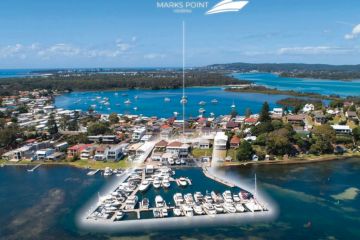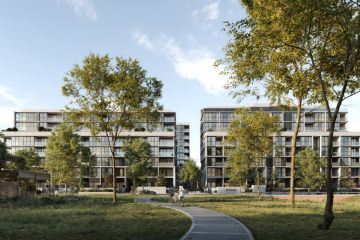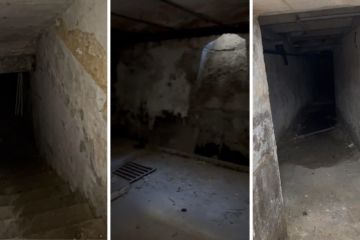Inside the schools that are teaching kids resilience
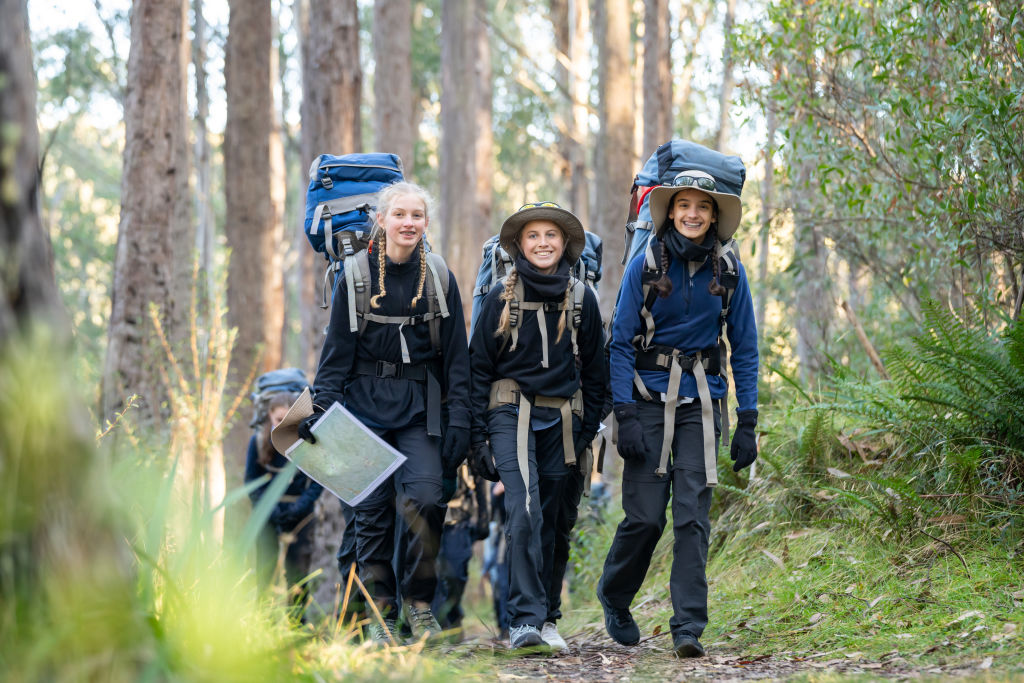
Mental health and building resilience was, until recently, often reserved for the school counsellor or dedicated wellbeing classes. But progressive schools are increasingly realising that to equip students with the tools to manage their mental health, these skills must be woven into the entire curriculum.
At Korowa Anglican Girls’ School, a new learning framework is being developed to put student wellbeing front and centre.
“We’re basing that on the idea that wellness and wellbeing is something that every teacher is engaged with every minute they’re in the classroom,” says Deputy Principal Dr Jennifer Bailey Smith.
“So that it’s not something that you’re doing in separate wellbeing classes, but something that informs all of our pedagogy.”
Dr Bailey Smith says the framework will tie the school values of courage, curiosity and integrity to self-determination theory – or the theory of motivation.
That theory, she says, suggests if people feel like they have control over themselves, belong in their environment and are succeeding in meaningful work, it leads to a sense of wellbeing.
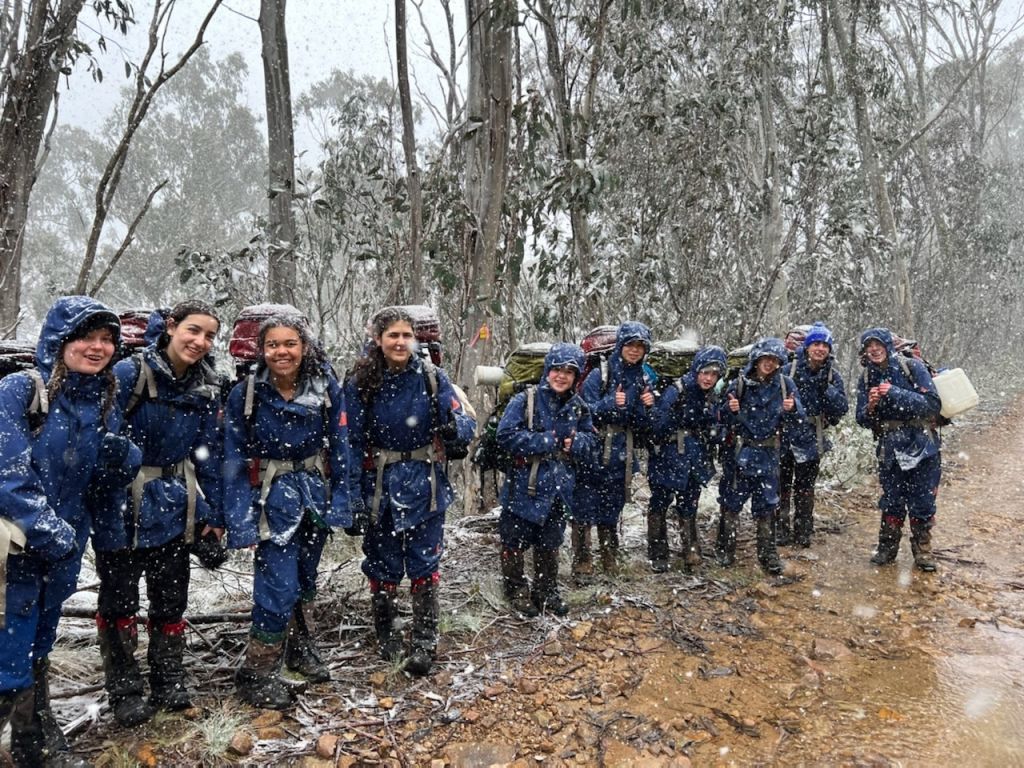
On a day-to-day level, Dr Bailey Smith says the approach involves giving students “voice and choice” in the classroom through flexible teaching styles and inviting students to participate in or co-create activities and assessments.
Students are also strongly encouraged to try a range of activities, regardless of their skill level, so that they get used to attempting new things and accepting failure as part of learning.
Trek, a program Korowa has run for more than 30 years at the end of year 9, is another vital piece of the curriculum for building resilience. During the four-week wilderness expedition, students travel by foot, bike and raft from the Australian Alps to Gippsland’s Ninety Mile Beach.
“Our (2024) school captain was very fond of saying … that when she came back from Trek, she knew if she could do that, she could do anything,” says Dr Bailey Smith.
At Siena College, an emphasis on wellbeing is also leading to change. “In the past few years, we’ve had a separate wellness program sort of carved into our timetable, and what we call an enhancement program,” says Deputy Principal Wellbeing and Strategy Antonella Rosati.
“What we’ve decided to do is move away from those formal programs … and embed that in the classroom – every classroom, every teacher, all of the time.”

A large part of this approach, says Rosati, is giving students a language with which to address their feelings.
“We’re very committed to providing the skills for students to be able to access support when they need it, and also to be able to recognise in themselves and in others … signs of distress.”
Siena also has its own counselling hub where students can take time out. Rosati says it’s filled with tangible things designed to help students de-stress, such as music, fidget toys, mindful colouring exercises and visits from psychologists.
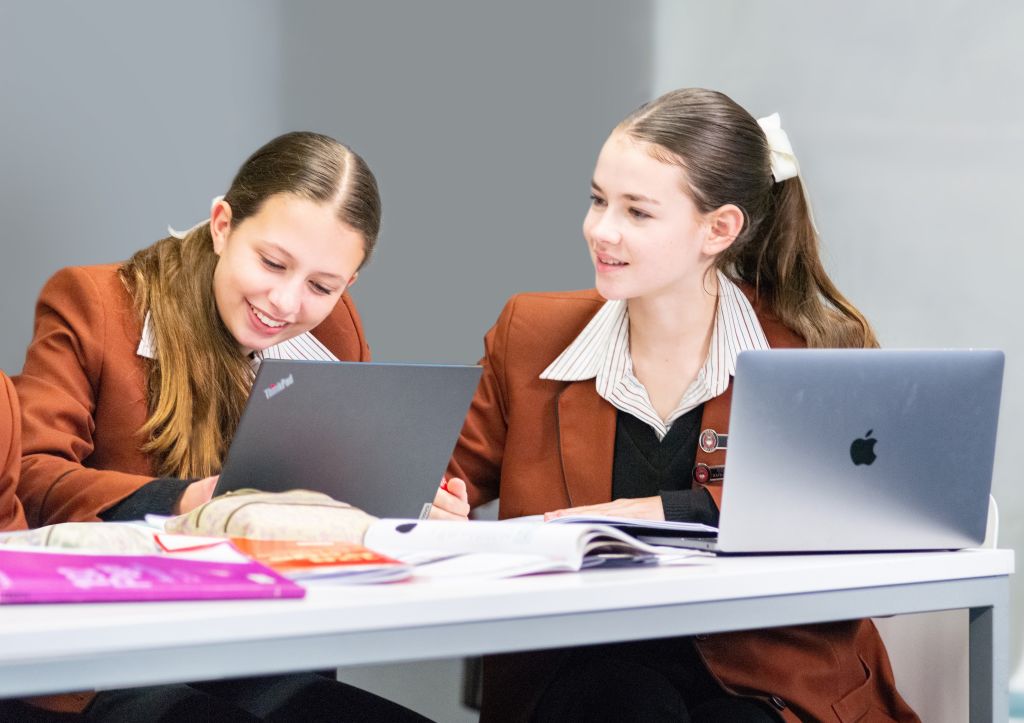
The school’s counsellors also compile an annual report that summarises students’ problems so that preventative programs can be implemented.
Sometimes, says Rosati, looking out for wellbeing can be as simple as teachers asking students to describe their mood by selecting an emoji on the learning system so teachers can then adapt that day’s learning plan.
Central to the school’s philosophy is building strong relationships, giving students a voice and preparing them for the inevitable challenges ahead.
“We are in a very privileged position where we can help shape the future for these young people and how they respond to stress, how they respond to anxiety [and] how they respond to distress,” says Rosati.
We recommend
We thought you might like
States
Capital Cities
Capital Cities - Rentals
Popular Areas
Allhomes
More




